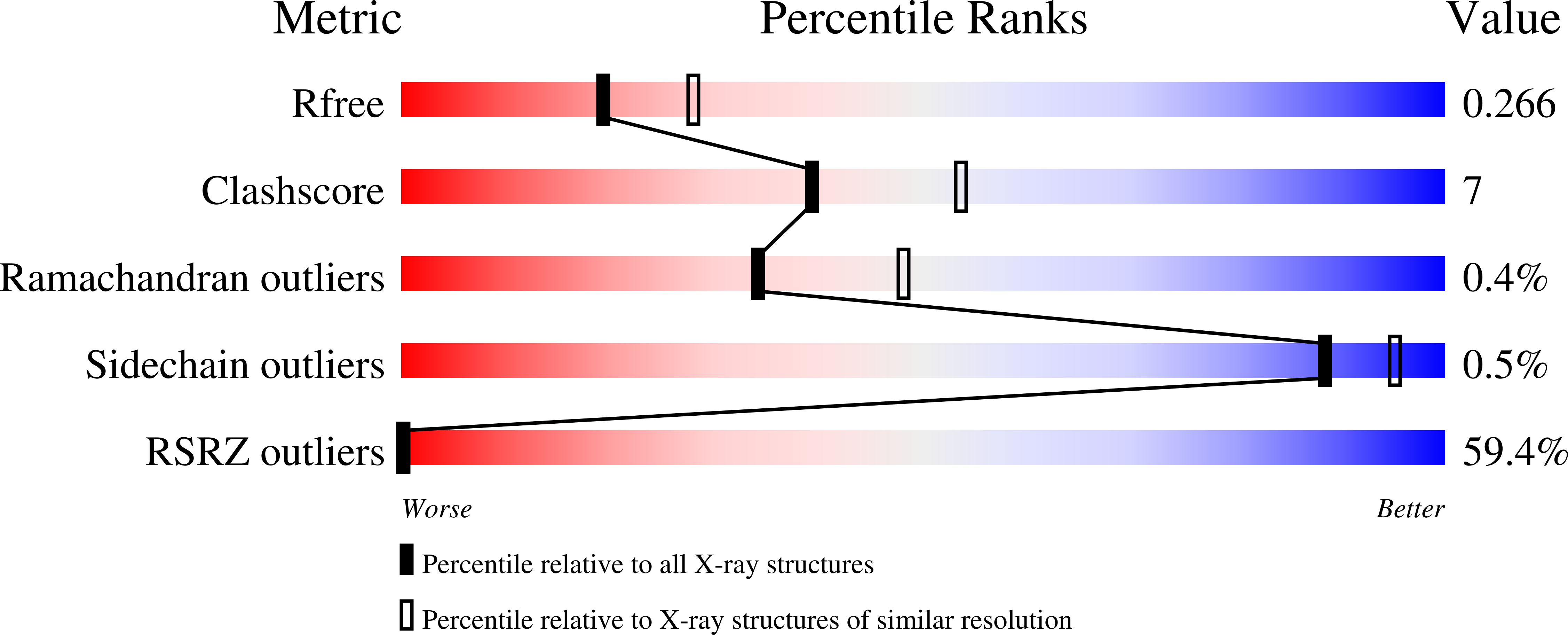
Deposition Date
2022-06-29
Release Date
2022-11-09
Last Version Date
2023-10-25
Entry Detail
PDB ID:
8DIK
Keywords:
Title:
Redox properties and PAS domain structure of the E. coli Energy Sensor Aer indicate a multi-state sensing mechanism
Biological Source:
Source Organism:
Escherichia coli (Taxon ID: 562)
Host Organism:
Method Details:
Experimental Method:
Resolution:
2.40 Å
R-Value Free:
0.27
R-Value Work:
0.25
R-Value Observed:
0.26
Space Group:
P 1 21 1


